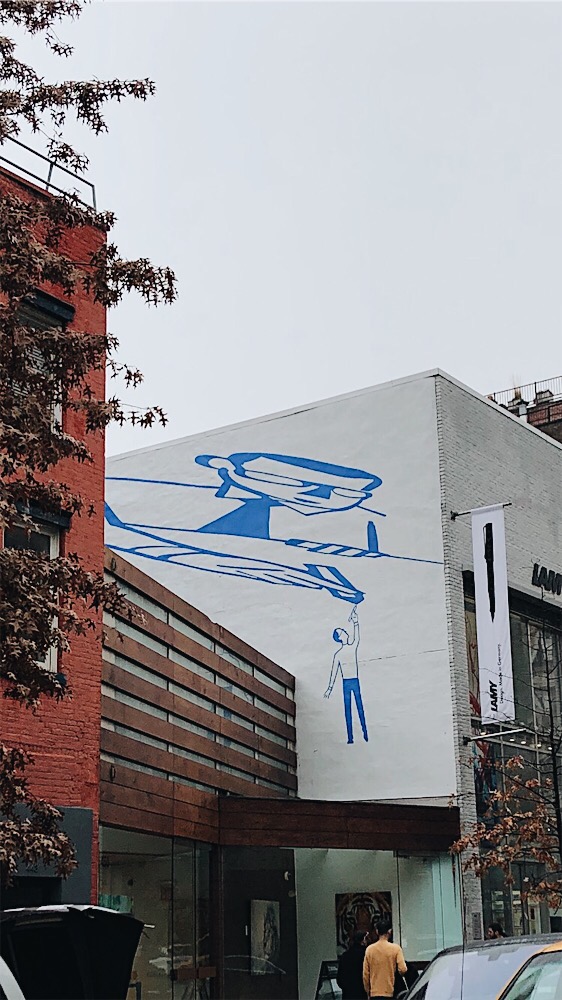Before one can measure the importance of art in society, it is useful to ponder the question: What is art? According to the dictionary, art is “the conscious use of skill and creative imagination especially in the production of aesthetic objects.” In reality, however, art is not nearly as straightforward as its definition suggests. Whether something can be considered art is not always black-and-white, and is often open to debate (for example, many people disagree over whether dance should be classified as an art or a sport). However, one of the greatest things about art is that it cannot truly be defined. Art is diverse, it’s all-encompassing. Art can be intentional, or a complete accident. Some art pieces take decades to create, while others of the same quality may only take minutes. Some pieces have clear direction, others are entirely up to interpretation. Some are made for a specific audience, others for no one at all. Art is unpredictable; there are no prerequisites. Art exists among all different mediums— painting, sculpture, architecture, literature, music, photography, film— the list goes on and on. Because art is so multidisciplinary, it reaches every person in one way, shape, or form. Whether they know it or not, every member of society is a frequent viewer of art. Simply watching a film or reading a book is a mode of experiencing and appreciating art.
Despite the universality of art, when multiple people read the same book, they do not share the same experience. Although the text itself is the same, the readers’ emotional responses (the sign of an effective work of art) always differ. Each reader is left with something different: the emotions they feel, the questions they ask, the ways in which they can personally relate to the story or characters. One reader may feel underwhelmed after finishing, wishing they had opted for a different author, while another reader may be impacted for the rest of their lives. There are as many ways to understand a work of art as there are people to view it.
Art tends to be extremely personal, reaching viewers in ways little else can. For this reason, art has the potential to be quite therapeutic, both for the artist and the viewer. Art enables us to grow and reflect. It furthers our understanding of ourselves, our peers, and the world around us. Art is a must in society; without it, our world would be a colorless, soundless, meaningless abyss of what we call living. As stated by Rick Vian, life without art is stupid.
Lara Baskin
arts & culture editor
Graphic: Amelia Chen

